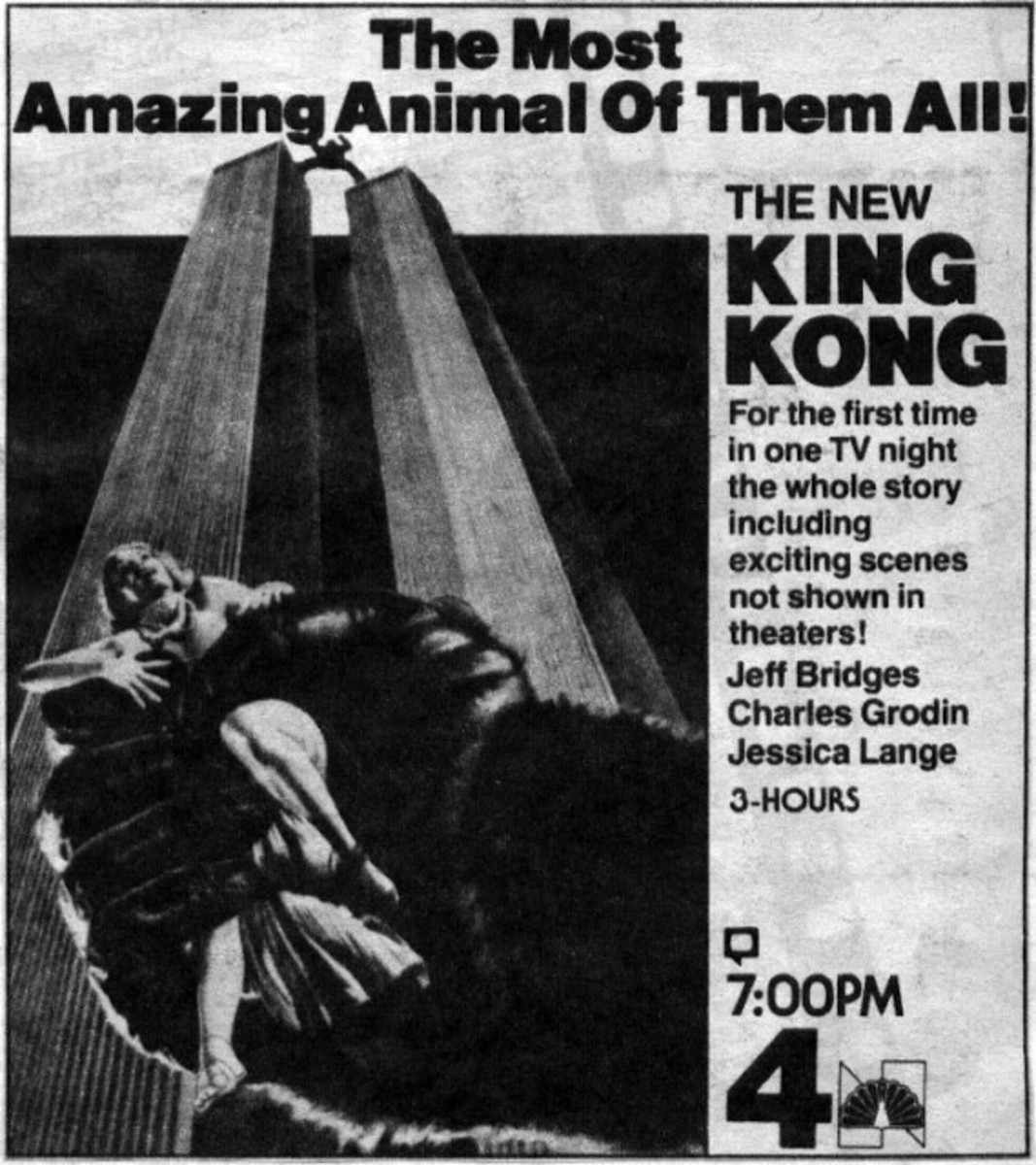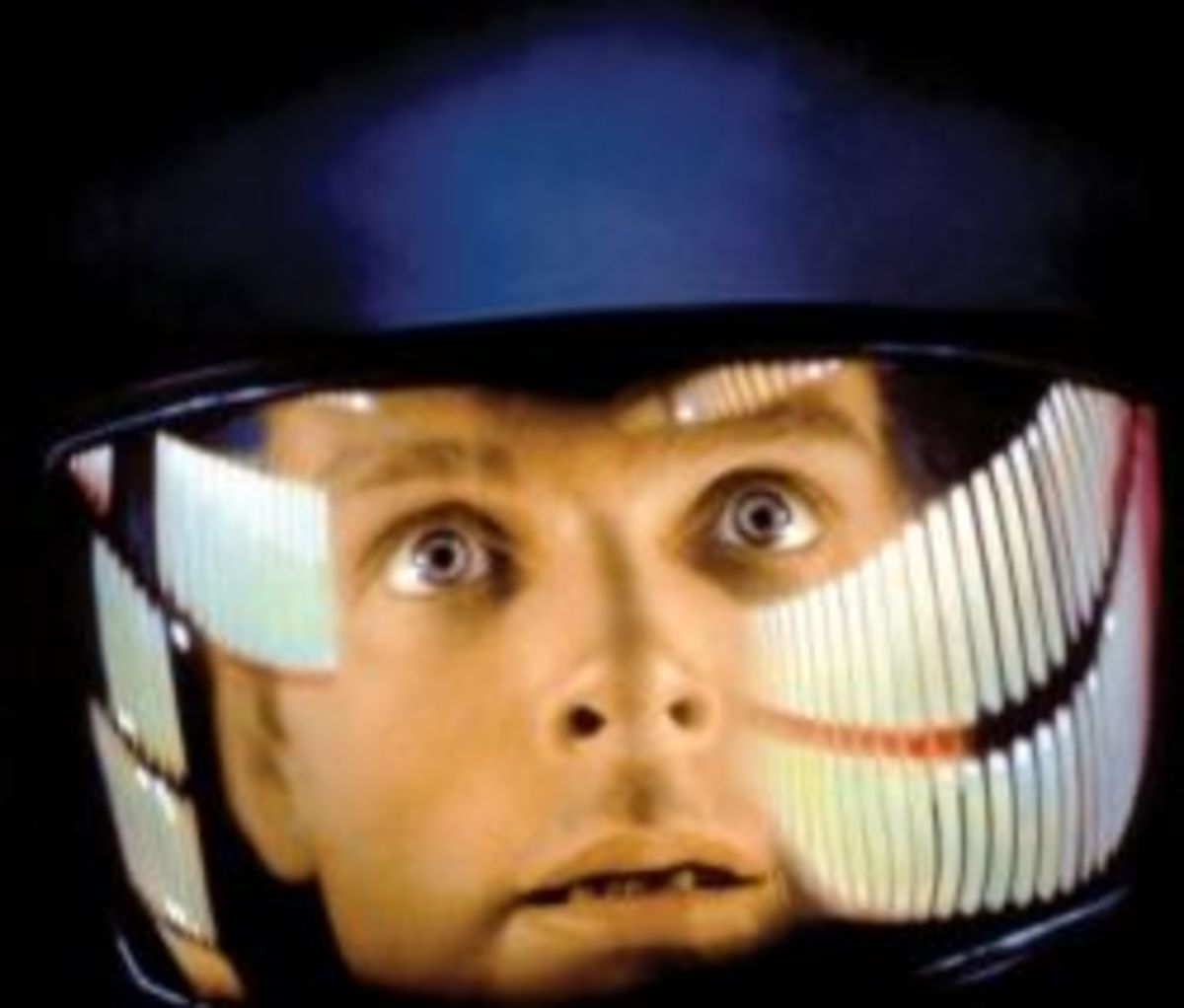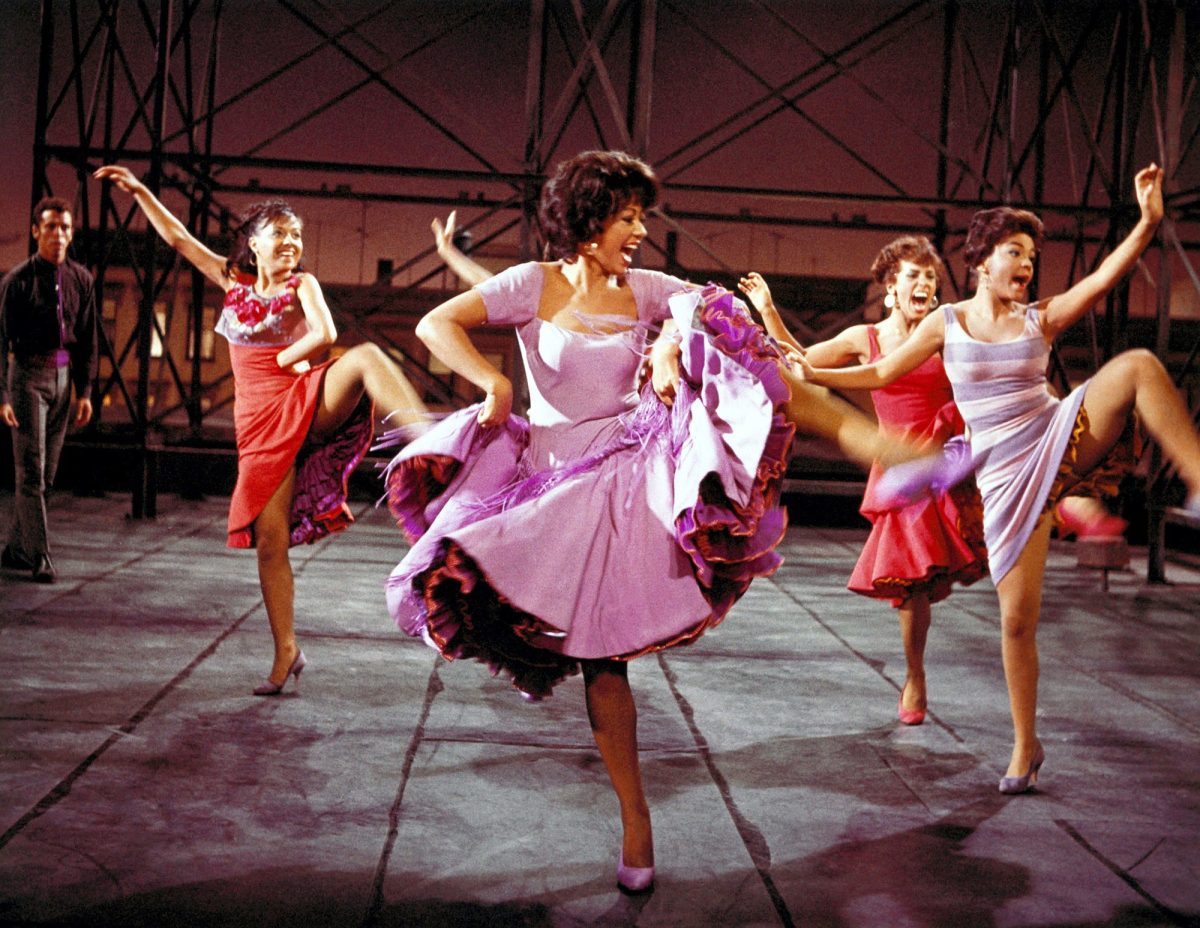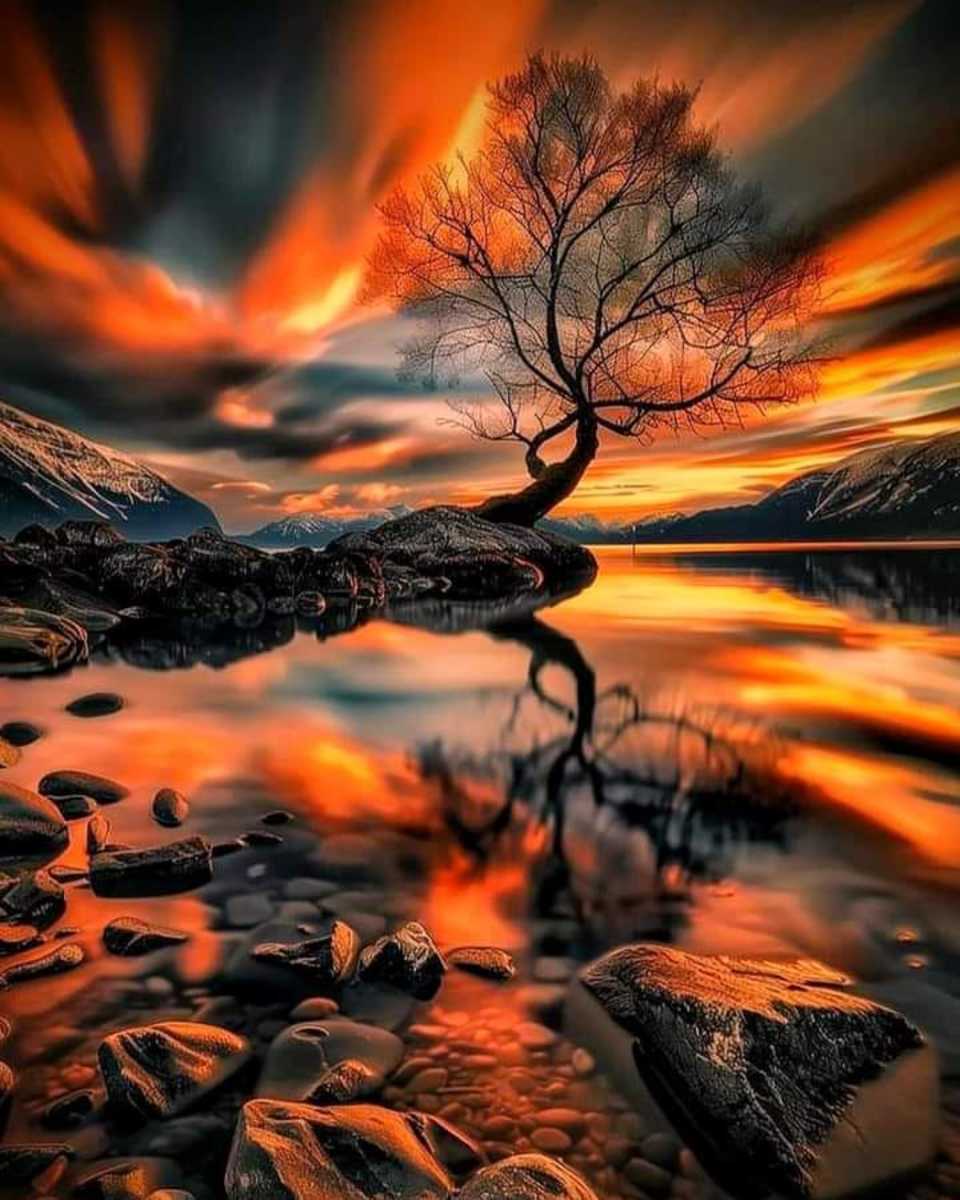The Six greatest of All Arts-Film
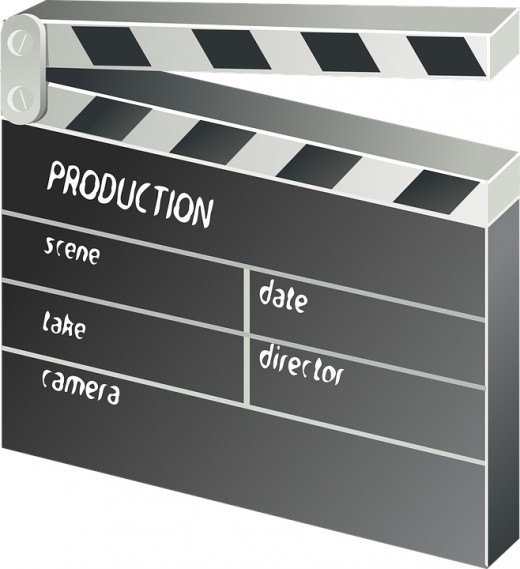
Motion Picture: A Science in Visual Motion
The historical basis of the motion picture as the modern world knows it is a little far-flung. Regarding the ease with which audiences watch productions with nothing other than a screen before them, it could not be harder for the typical man to believe how fantastic a science film had to start as, before becoming a commercial art. In fact, even as Thomas Edison, the father of photography and many electrical-cum-entertainment systems, majored the most important invention of the 19th century entertainment milieu, the phonograph(Cook/Britanicca.com, A1) in 1877, there were still instances of trials by photographers of the time to kick-start films. In fact, the toying around with ideas to reproduce motion in otherwise still frames of a shutter-stopping camera is what really buys a right for film to feature alongside other arts as one of the greatest of all humanities.
The other reason, which will come in the second part, next, of this thesis, is the fact that film is a play between light and shadow; space and set.
/Part 1: Film is a Science\
The greatest arts usually have secrets. Film has none to keep because it is arguably the youngest art, and to come about, it had to go through such clumsy, yet hi-tech inventions in their own times, as daguerreotypes, cardboard runs, kinetoscope peep shows(Cook/Britanicca.com, A1), and other bulky paraphernalia, to come to life. While easels for artists right from Michelangelo to Van Gogh consisted of frames with work areas that tilted and weighed around 70 pounds in all (easelsbyAmron.com, A1), the birth of the modern motion picture could not go for such easy but functional luxuries to mature. For a cinematographer or exhibitionist at the height of the first true motion picture, in 1895, just after Lumiere brothers showcased their famous sequence, the equipment for shooting, recording and showcasing pictures weighed a burden. For instance, the Kinetograph(Cook/Britannica.com, A1), by the 1890s, was weighing around 453 kilograms. This is in comparison to later improvements like the cinematograph, an innovative addition to the world of early cinema that weighed just nine kilos, just like the camcorder would be a later lightweight addition to the heavier Betacam of modern times,.
However, with the basis that film is first a science and then an art, it is not possible to label it as a masterpiece of art easily. This is because with film, commercial needs began to steal the show from quality work early on to today’s which is mostly equitable to thrillers. It is hard, for instance, to compare the science that went in the making of Cecil de Mille’s cinema epic of the sixties, Ten Commandments (1956) (Wikipedia, A1), and later classics like Cleopatra (1963), Ben-Hur and Lawrence of Arabia (1962), to today’s brow-beating action films. In the classic films, the viewer can at least relate to the often viewable aspects of motion picture science in action, such as the black-clad sprawling skies of Lawrence of Arabia that hint of high-power editing, powerful telescopic zoom camera and even crane support for cameras to view high and above the line of action.
But with cinema, science is not always the king. Rather like popular music, the entertainment aspect, the artistic merit and other commercial reasons, all enunciated below, support the thesis of success in space, set, light and darkness treatise:
Part 2: Cinema is Space, Set, Light and Darkness/
Set in Film
The most distinguishing feature of two cousins of the art, film and theater, is arguably set. The former manages to bring splendid reality into the scene compared to the latter, but many critics think that theater has the upper hand in showing humans in conflict with each other in the immediate moment: The writer and playwright, Thornton Wilder claimed that theater is the greatest art form of all. Aspects of theater can still be discernable in films such as the factory- environment-imbued Charlie Chaplin’s Modern Times (1936) and Lawrence Olivier’s Shakespeare productions. However, with film, as a recent film Revenant(2016) reveals, the details can be so stark real due to the extent to which the director steeps his characters in make-believe sets that they gain historical importance. According to Cheal(2016), through the Financial Times Weekend, the filming of the above blockbuster necessitated the director to keep his crew awake by four in the morning in order to capture the ‘natural’ feeble light of cold Canadian dawn with the temperatures going into minus forty two degrees Celsius.
On Light and Darkness
To illustrate further on the interconnection between light and darkness, which is one of the major distinguishing elements that involve the art of making a motion picture, the scenes in Ford Coppola’s Apocalypse Now(1979) that play between dark and brightness are so well orchestrated as to leave no doubt that they play a part in the story itself. For instance, the bridge shooting scene when the heroes are about to cross the river that will lead them through Vietnam and Cambodian territories to the colonel they are searching for, is so blindingly lit that the light itself showcases war and the dramatic effect of darkness in the backdrop enhances the aura and horror of shooting bullets high into the cold darkness.
On Space
Space is what lacks in other mediums of art other than architecture. With painting, space utilization comes in the form of linear perspective (arranging details in such a way that the horizon is seen as a receding but visible backdrop, thus emphasizing the main action without diminishing the whole). In film, however, space requires a visual illustration of a scientific gesture. In the classic film, The Passion of Joan of Arc from Denmark, we see the heroine so wearied down in perspective with a wooden platform above her such that she has to look up at the judges from below, thus crafting a diagonal perspective that is painfully remindful of utter submission (Rogerebert.com, A1).
There is also the invasion of space by movement in scenes inside Hitchcock’s masterpiece, and arguably the greatest film of all time, Vertigo (1959), when the camera zooms in on the action even as it moves away from the action to dramatize space and movement. The winding camera angles over the San Francisco skyline before the camera finally delineates the single avenue that slices through the cityscape from the above like a knife and brings the action immediately there is no accident: it must be a clever way to create perspective through non-stop panning.
In Summary
The reason film buys a lesser spot in the greatest of all arts than the rest is because its cousin theater has a stable but better place in the first two positions because it is classic and greater. However, the saving grace for film, despite sometimes being irrelevant and too commercialized to pass as a great art, is the realism of modern camera shots, the dedication to a cause(like how the movie Pirate Radio glorified rock and roll), and the acceptance of the art as a cause for globalization. In fact, it is a big industry in such places as India ad Nigeria, to mention but a few places, and it is arguably becoming the number one source for disseminating information to the masses in an appealing manner because it is popular.
This finishes the search for the six greatest arts. I hope you’ve enjoyed. To recap on what has gone before, here are the links:
References
David A. Cook (2015) History of the Motion Picture: http://www.britannica.com/art/history-of-the-motion-picture
Easels by Amron, History of the Easel: www.easelsbyamron.com/store/pg/25-History-of-the-Easel.aspx
Wikipedia, Epic Film: https://en.wikipedia.org/wiki/Epic_film
Cheal D., (2016) Financial Times/FT Weekend. Arts & Entertainment. Published Jan 2 &3, 2016.
Ebert R. (2012) Ivan The Terrible, Parts I & II,. Retrieved from: http://www.rogerebert.com/reviews/great-movie-ivan-the-terrible-parts-i-and-ii

